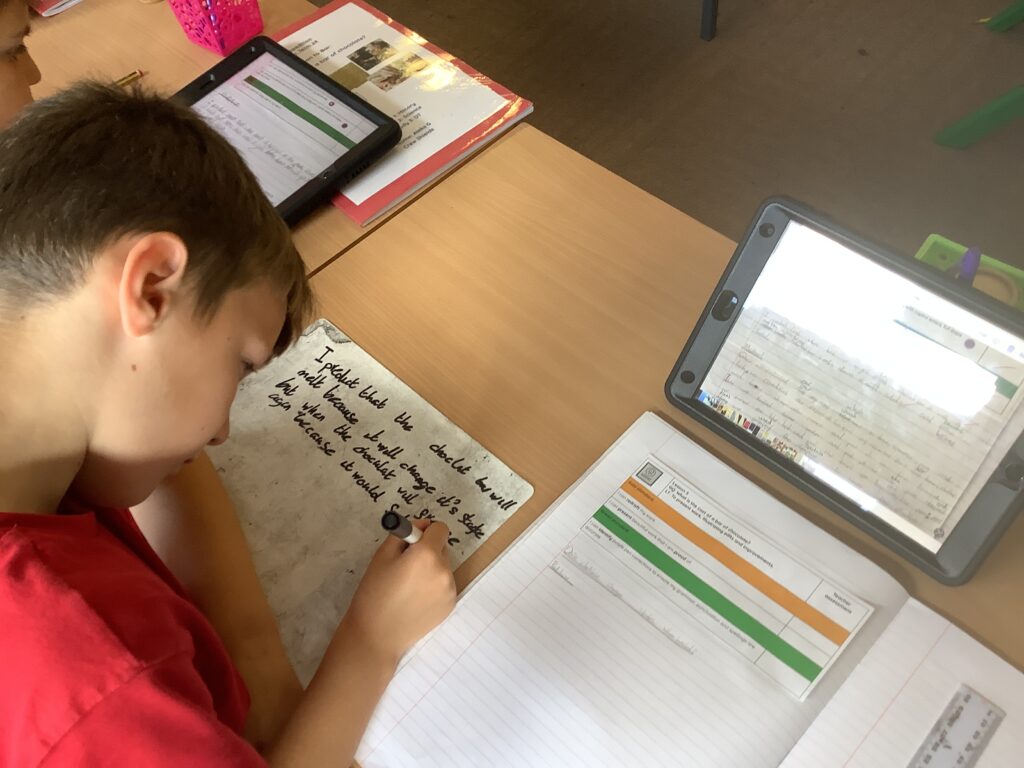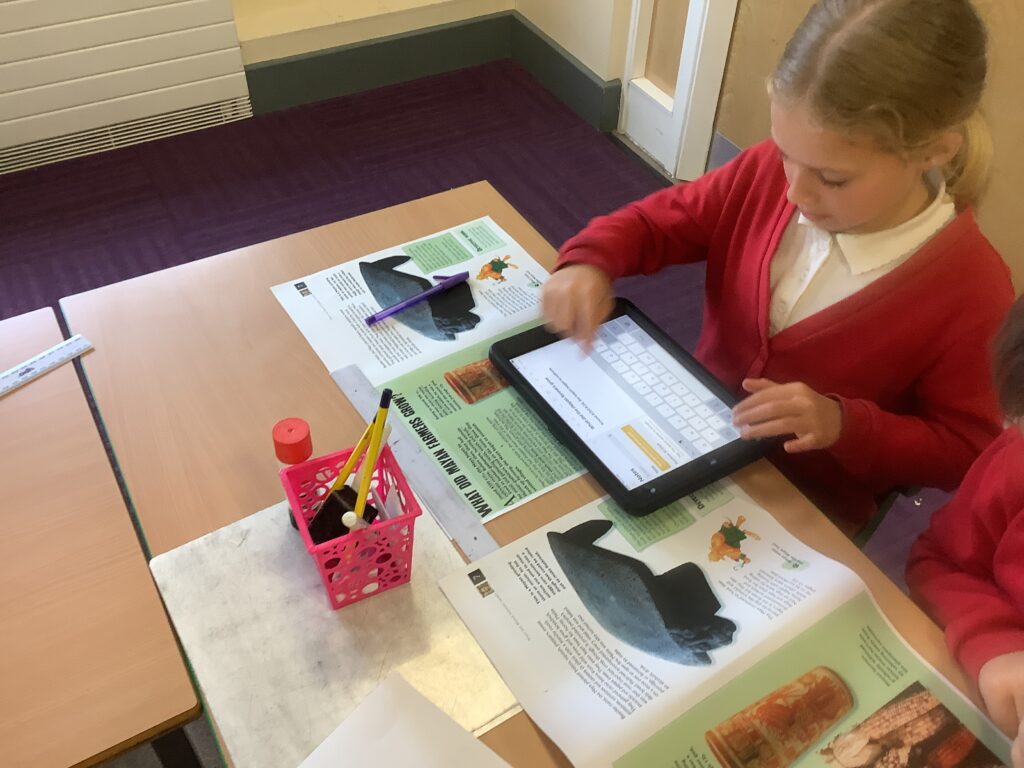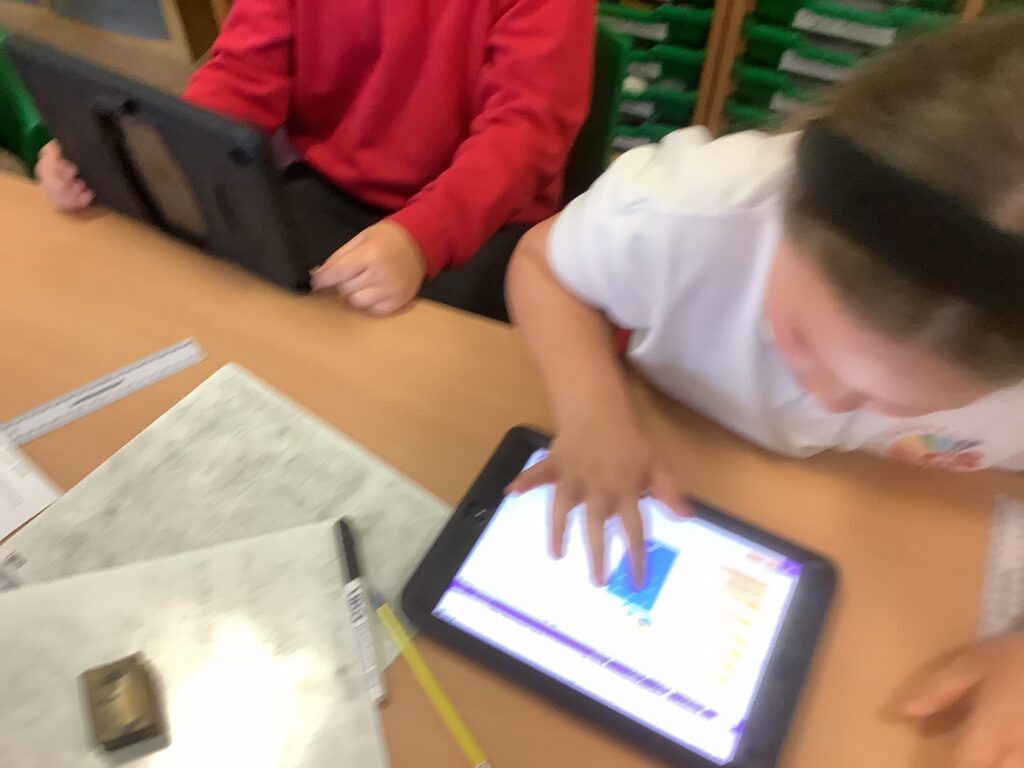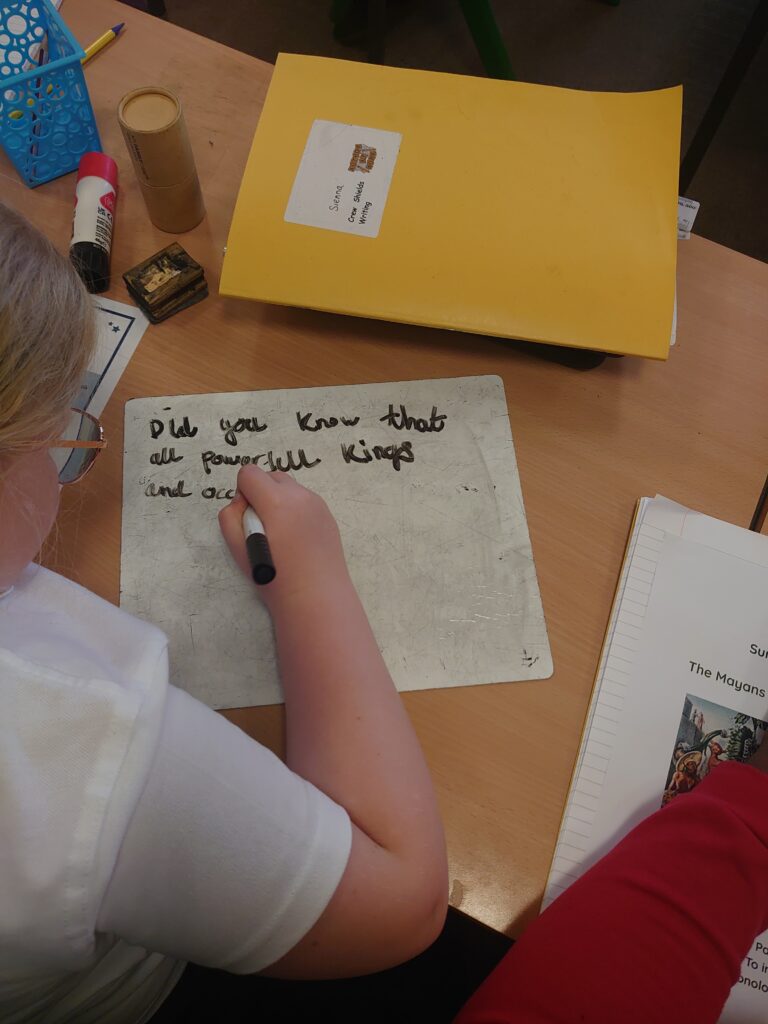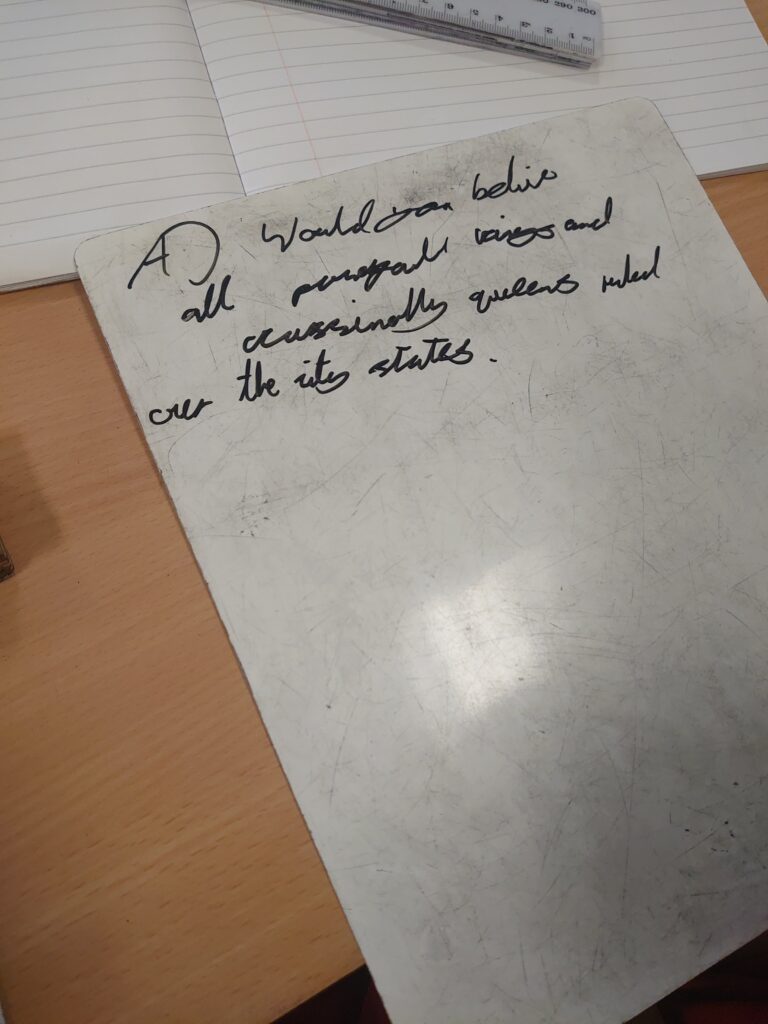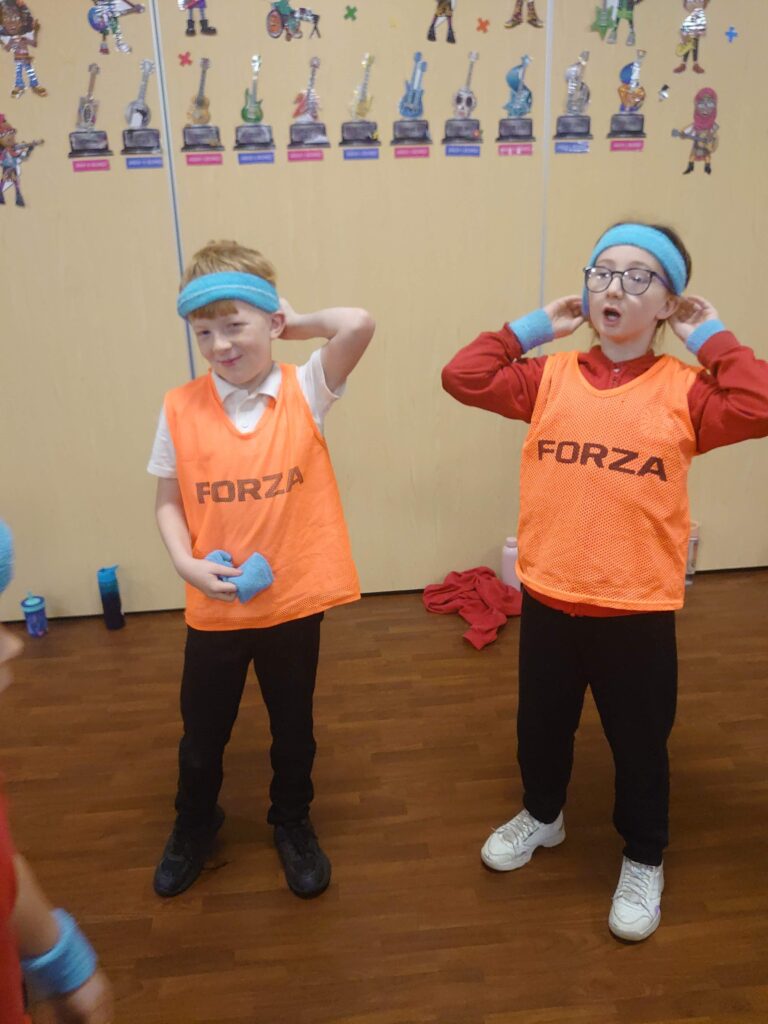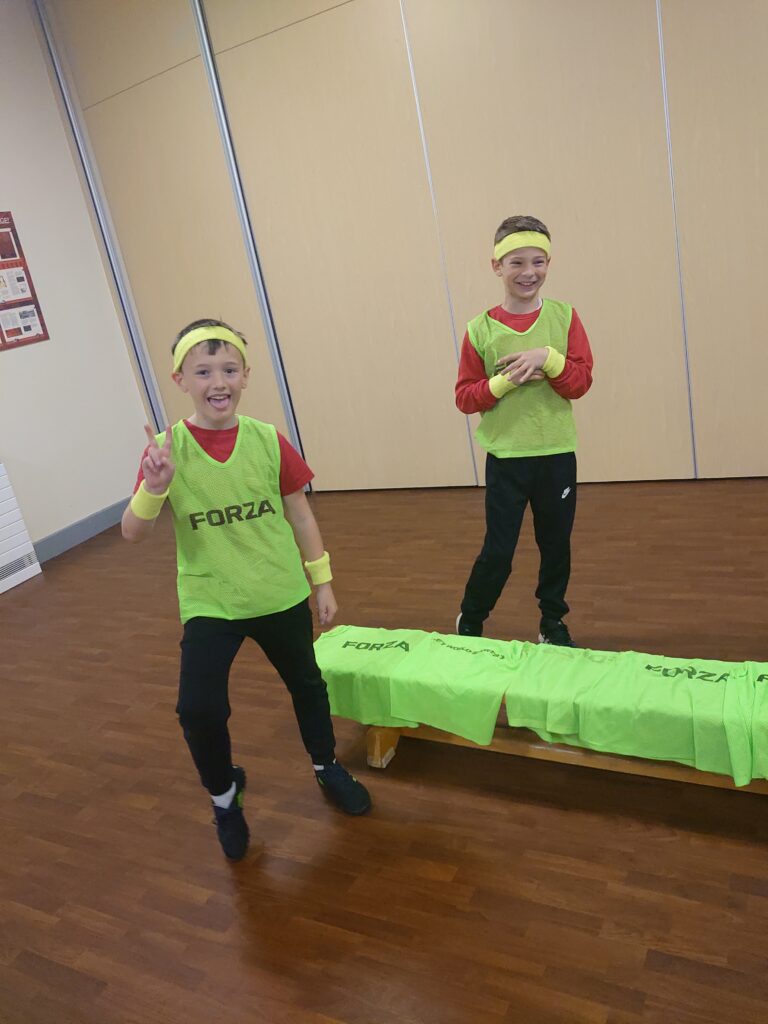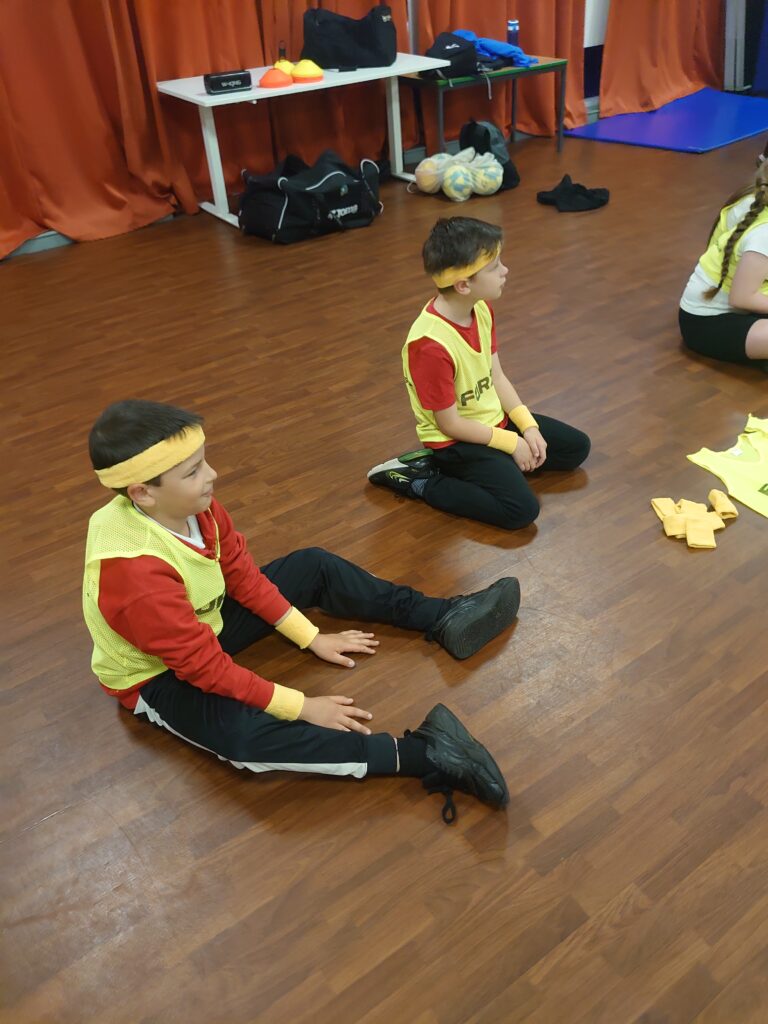In book talk this week, we have honed back in on our inference skills and how to ensure we are answering the questions with enough detail. We have focused on ensuring that we are reading around the text but also checking back to the question so we can ensure we are selecting the right information. In addition, we’ve also had a focus on vocabulary and how we need to understand the words we’re reading as this will help our comprehension of the text.
Our do now activities, have given us the opportunities to use our inference skills on not only images but also text which is the one we find a little tricky. We were able to give some good reasoning for our inference. We started using a new strategy where we either agree, build on or challenge (ABC) someone’s answer but ensuring we are doing this in a respectful manner.




